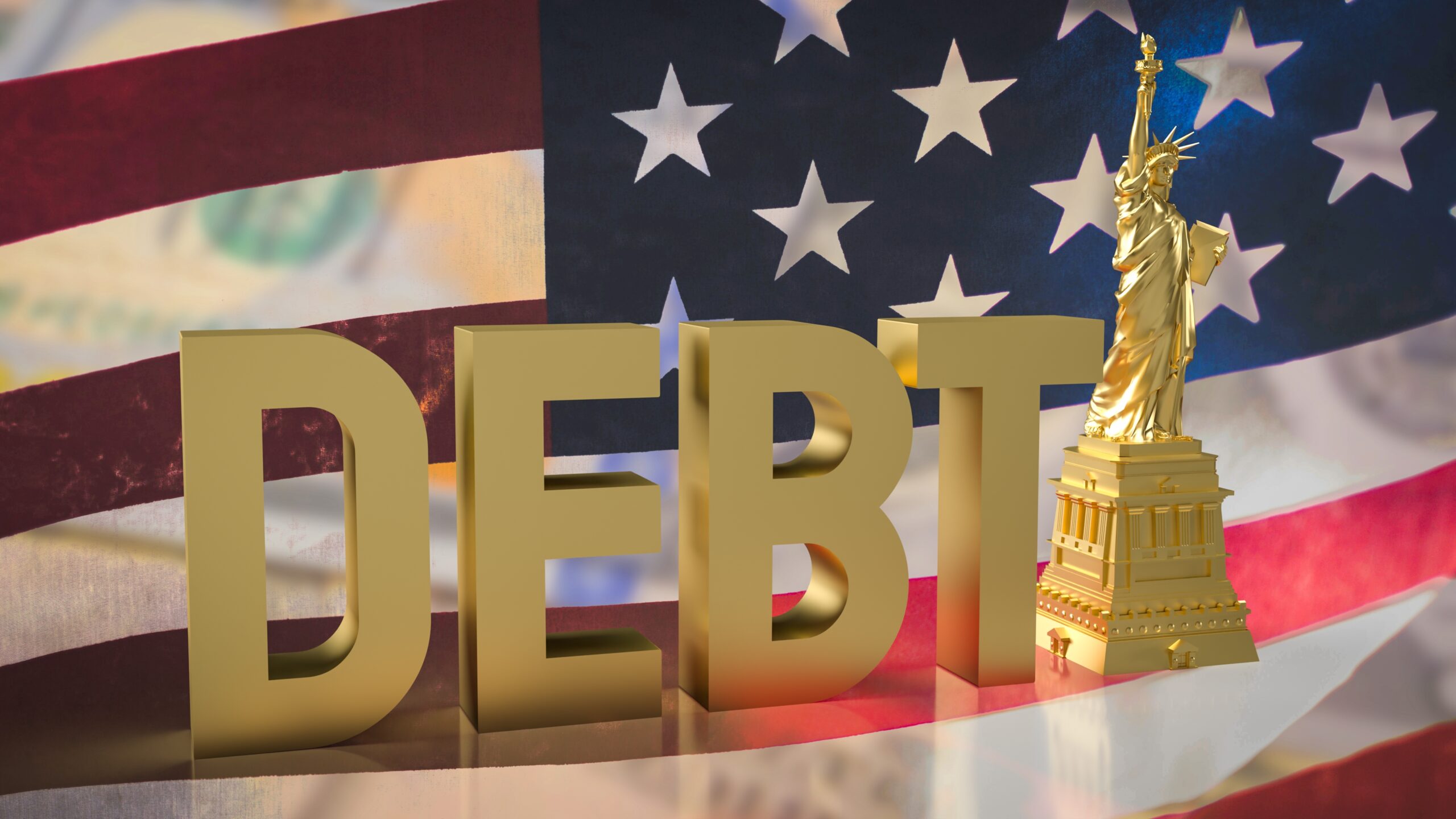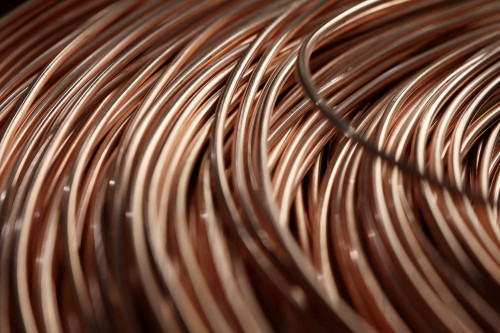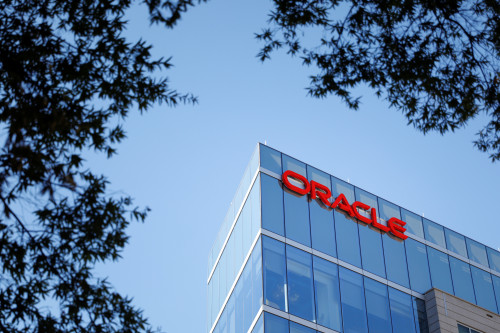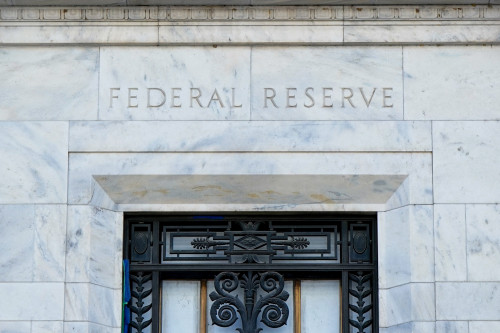
Jamie Dimon first said: “You are going to see a crack in the bond market,OK.?” Several other Wall Street respected financial minds agreed with Mr. Dimon, that rising U.S. debt is a serious concern. Over $1 Trillion dollars is needed annually for interest costs. With an additional $2.4 Trillion to be added to the already $36 Trillion U.S. debt if the Megabill passes, it will increase the U.S. debt to $38 Trillion…a staggering number. Peter Orszag, head of investment bank Larzard and former budget director commented, “the wolf is lurking much closer to our door.” Another highly respected financial expert, Ray Dalio, hedge fund manager, told Bloomberg he gives America “three years, give or take a year to avert an economic heart attack.” (His best selling book, out Friday, “How Countries Go Broke”) And yet another well respected financial hedge fund manager, John Tuder Jones commented: “Those who know that the numbers aren’t sustainable are happy to suspend disbelief as the show continues.” Heavy words and strong concerns about a mushrooming, run-away-U.S. debt.
Investors and traders were hoping for the Lion as May opened like a Lamb…then stocks caught fire overcoming a multitude of negative news to finish like a Lion. All indexes made healthy monthly gains. The Dow Jones Industrial Average was up 3.9% for May while the S&P 500 gained 6%. The heavy high tech Nasdaq Composite led all indexes, up 9.6% boosted by the Magnificent 7 and market AI favorites. Investors have been adept at digesting negative trends, and to discerning short term Government decisions as President Trump pivots. Credit Wall Street investors with being able to navigate many ‘obstructions.’ As stocks surged higher nearly all month, the bond market weakened, notably after the May 21st bond auction, as buyers showed hesitant demand. Trade negotiations are warming up with the U.S’s biggest partners, China and the European Union. “Markets have already decided that the worst of the tariffs are unlikely to come to fruition and give passes to many companies that paused guidance until the situation clarifies itself,” said Steve Sosnick chief strategist at Interactive Brokers.
Monday’s market eased higher even as the U.S., China and the European Union squabbled over present trade negotiations. President Trump threatened to double-down on steel and aluminum tariffs, initially set at 25%, to 50%, claiming those countries breached the Geneva Truce. Both the European Union and China vehimately disagreed, setting off heavy tensions. All three indexes managed to finish higher with the Dow Jones up just above flatline, while the S&P 500 added 0.4% and the Nasdaq gained 0.7%. Ed Yardeni of Yardeni Research commented: “The markets are barely reacting to new tariff updates.” Oil edged up 2.8% to $62.57 a barrel, affected by the Ukraine bombing of 4 Russian air bases. The dollar weakened slightly as the euro and yen were stronger. The 10-year note yield climbed to 4.461%, according to Tradeweb, up from 4.418% on Friday.
Tuesday’s opening was energized by the Federal Reserve taking off all restrictions on a 10-year ban on Wells Fargo Bank, the result of being guilty of falsely developing ‘fake accounts.’ The asset-cap ban removal marked an easing of the Federal Reserve’s tight policies. The asset-cap prevented Wells Fargo from exceeding $1.5 Trillion in assets. Wednesday’s session was lack-luster, as the indexes hovered near flatline with the S&P 500 and Nasdaq making small gains of 0.1% and 0.3% respectively, while the Dow Jones fell 0.2%. Trading was slow as major news events were ‘hard-to-find,’ after Tuesday’s minor rally. Silver prices sparked on Thursday, pushing to a 13 year high of $35.00 a troy ounce as tariff speculation and the weakening dollar pivoted investors to safer havens. All indexes closed lower as U.S. debt and tariff concerns clouded the market.
RUMBLINGS ON THE STREET
Jeffery Roach, chief economist at LPL Financial, WSJ – “As long as the job market remains stable, the Fed has the luxury of remaining in ‘wait and see mode.’ We think there’s upside risk to inflation as many forecasts cannot reasonably account for the fluid tariff policy.”
Chris Zaccarelli, chief investment officer at Northlight Asset Management, WSJ – At some point the tariff uncertainty has to be addressed. If it can be done quickly enough before damage is done to the economy, we can go back to all-time highs.”
Kenneth Gordon, Senior investment strategist at Charles Schwab, Yahoo – “We keep going through this pattern where the bar is lowered and basically brought down to the floor and is a relatively easy jump over. So I think that if that continues to be the case, you can see how that’s an ultimate benefit to the market.”






